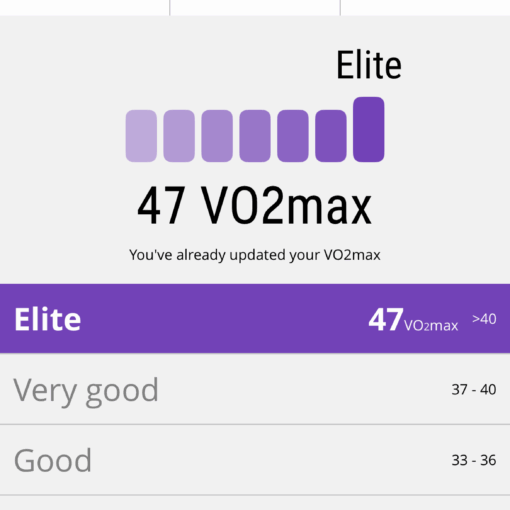Heart rate training and running is something that I have been doing for almost 39 years, starting with a Polar Vantage XL on August 5th, 1986. That is when I got the one thing that I wanted from the settlement money from a car accident. I have been with Polar exclusively ever since. To learn more about heart rate training and running from Search Labs, scroll down. To go to my Polar Store on Amazon, click here.

Heart Rate Training: Unlocking Your Running Potential
- Building a Strong Aerobic Base: Many running plans emphasize spending a significant amount of time in heart rate Zone 2 (roughly 60-70% of your maximum heart rate). This light intensity training is key to building aerobic endurance, improving your body’s ability to efficiently use oxygen and burn fat for fuel, crucial for longer distances.
- Improving Endurance and Performance: By training at different intensities, you can stimulate various physiological adaptations. For example, Zone 4 training (80-90% of maximum heart rate) enhances speed endurance and lactate threshold, enabling you to run faster for longer. Training with heart rate allows you to tailor your workouts to target these specific areas, leading to improved overall performance.
- Preventing Overtraining and Injury: One of the biggest advantages is its ability to help you avoid overexertion and reduce the risk of fatigue and injury. If your heart rate is unexpectedly high during an easy run, it might indicate you need more recovery. By staying within your heart rate zones, you can train consistently and avoid setbacks.
- More Objective Measure of Effort: Unlike perceived exertion (RPE), which can be subjective and vary based on daily factors, heart rate offers a more objective measure of how hard your body is working. This is particularly helpful for new runners who may underestimate their effort level.
- Enhanced Recovery: By ensuring your easy runs are truly easy, you allow for proper recovery, which is crucial for maximizing the benefits of your harder workouts. Tracking your resting heart rate can also offer insights into your recovery status.
- Increased Mental Clarity: Training at a low heart rate can be a meditative experience, leading to improved mood and reduced stress.
- Determine your Maximum Heart Rate (HRmax): The simplest way is to subtract your age from 220, but more accurate methods like a field test or lab test are recommended.
- Calculate Your Heart Rate Zones: Once you know your HRmax, you can define your training zones based on percentages of HRmax.
- Invest in a Heart Rate Monitor: A chest strap or armband monitor generally provides more accurate data than wrist-based devices.
- Integrate Heart Rate Training into Your Routine: Plan your runs according to your target heart rate zones for specific workouts, such as easy runs, tempo runs, and interval sessions.



